Universal Declaration of Human Rights (UDHR)
"Whereas recognition of the inherent dignity and of the equal and inalienable rights of all members of the human family is the foundation of freedom, justice and peace in the world, Whereas disregard and contempt for human rights have resulted in barbarous acts which have outraged the conscience of mankind, and the advent of a world in which human beings shall enjoy freedom of speech and belief and freedom from fear and want has been proclaimed as the highest aspiration of the common people, Whereas it is essential, if man is not to be compelled to have recourse, as a last resort, to rebellion against tyranny and oppression, that human rights should be protected by the rule of law," - Universal Declaration of Human Rights
The Universal Declaration of Human Rights (UDHR), adopted by the United Nations General Assembly in December 1948, represents a monumental achievement in the global promotion of human rights. Its creation was influenced by the consequences of World War II, a period marked by unprecedented atrocities that highlighted the need for a comprehensive structure to protect human dignity. The devastation forced a collective determination between nations to codify and protect the fundamental rights of all individuals, thus establishing the basis for the International Human Rights Law.
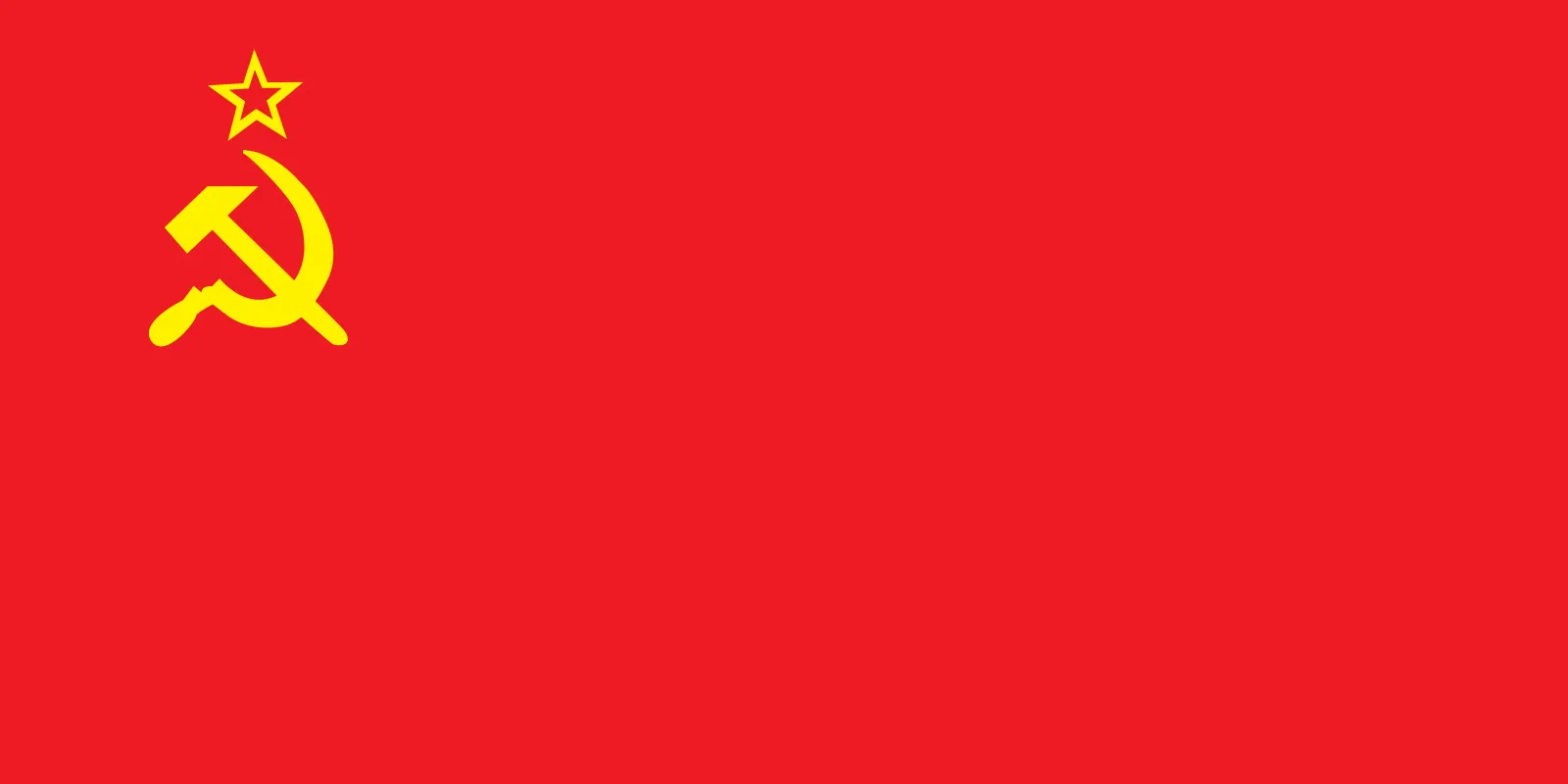
Soviet Union flag (Britannica)

Saudi Arabia flag (Britannica
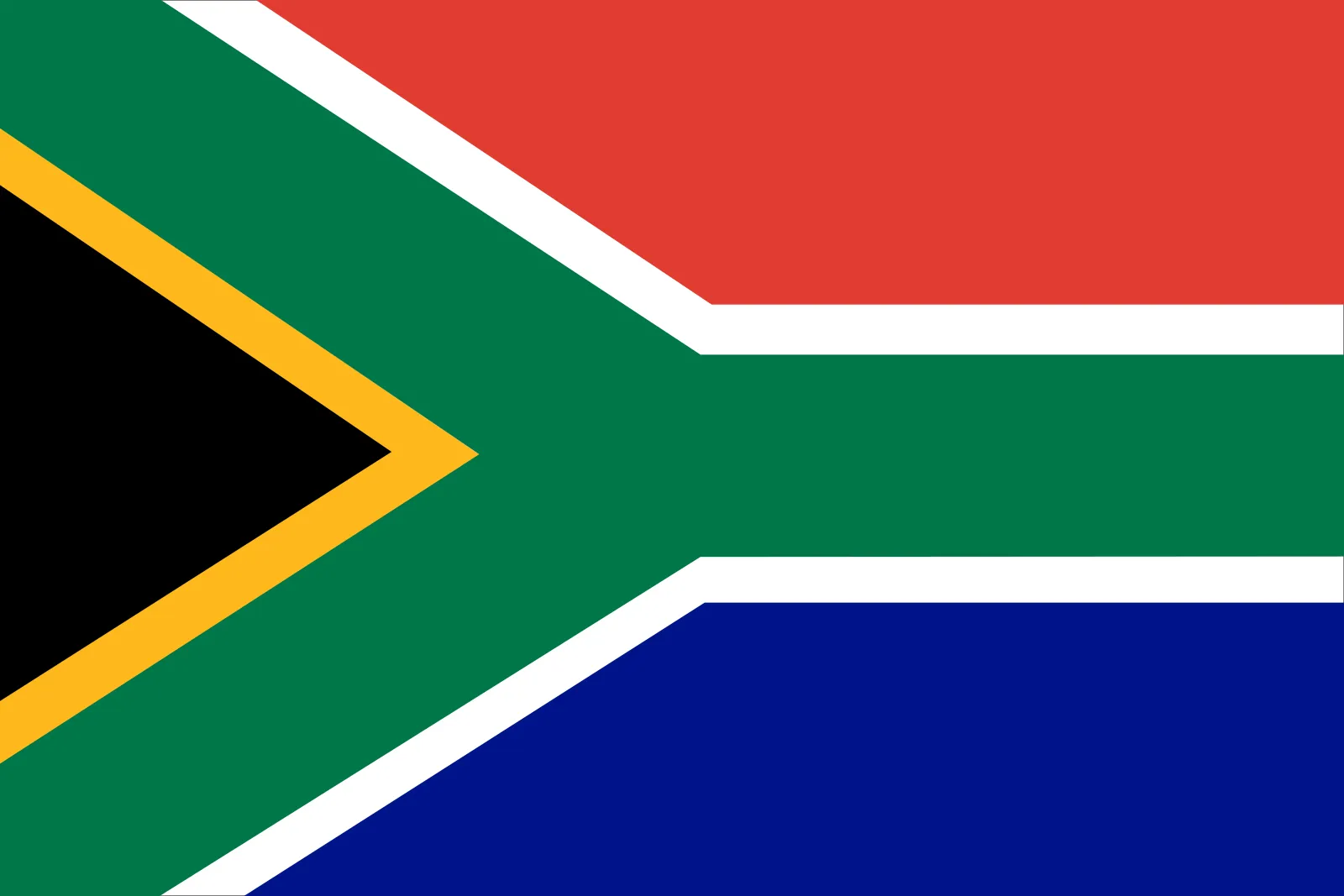
South Africa flag (Britannica
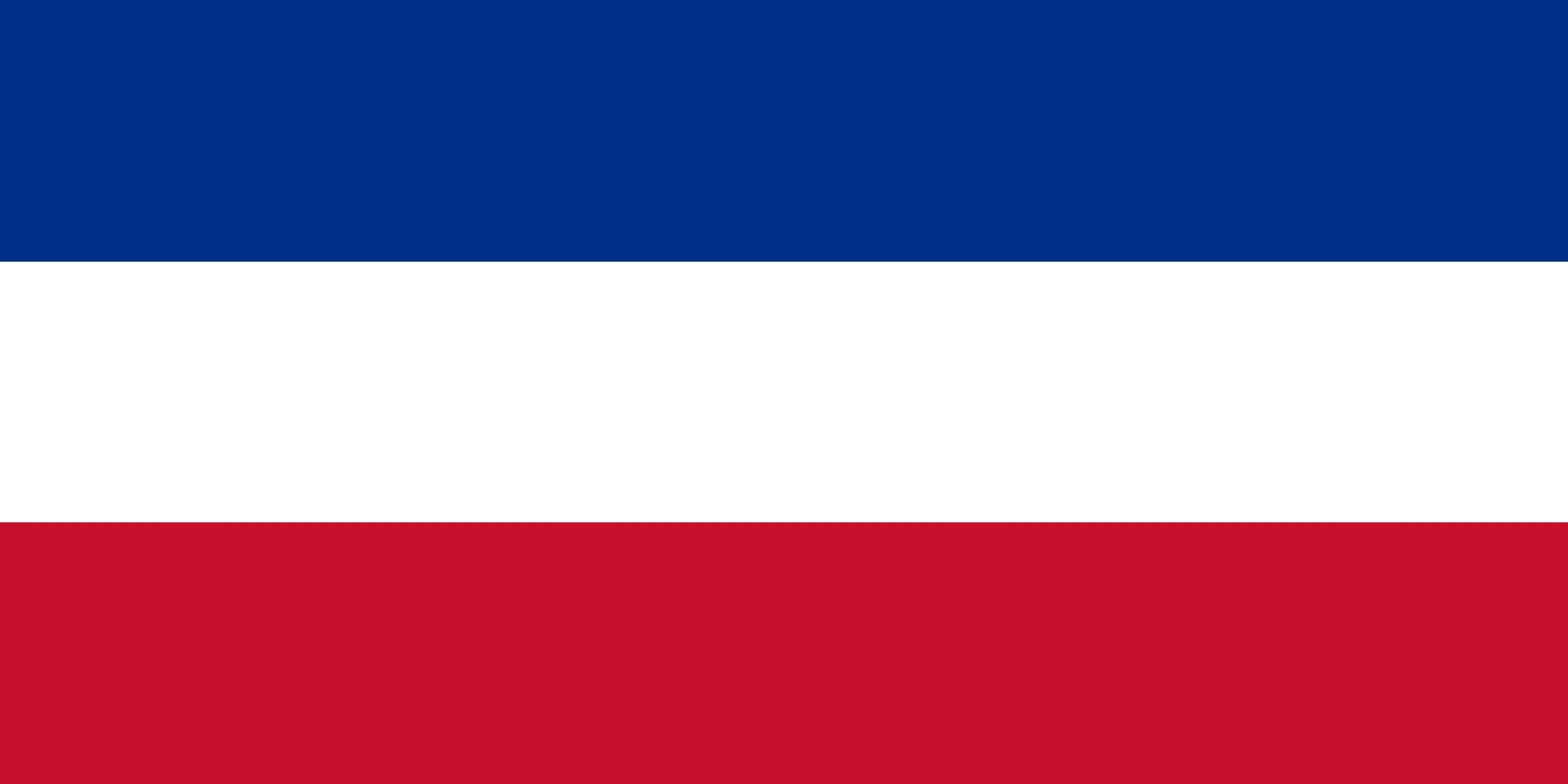
Yugoslavia flag (Britannica)
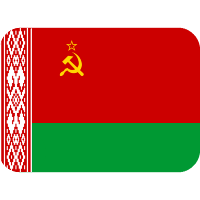
Byelorussia SSR flag (Discord Emoji)

Poland (Yo Price Ville Gallery)
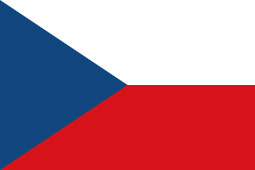
Czechoslovakia (Alliance for Networking Visual Culture)
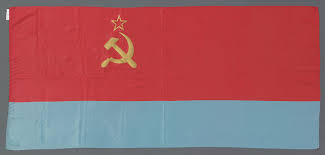
Ukraine SSR flag (Benjamin G.)
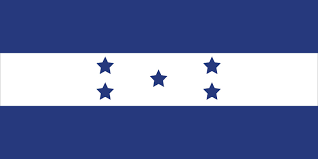
Honduras flag (Britannica)
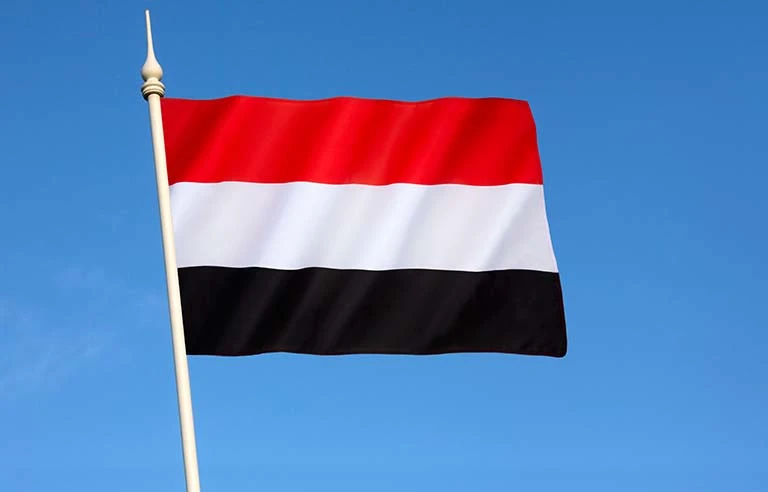
Yemen flag (U.S.A government)
Pen-Chun Chang, Charles Malik, and Eleanor Roosevelt initiated the draft of the UDHR with a working group of diplomats.
No nations officially voted against the adoption of the UDHR, though 8 nations abstained. Those nations were Czechoslovakia, Poland, Saudi Arabia, the Soviet Union, Byelorussia SSR, Ukraine SSR, and South Africa, Yugoslavia. Honduras and Yemen. They did this because they thought that the Declaration did not go far enough and they wanted to protect human rights adequately.
(Roosevelt)
The issues that were being addressed were forced labor and imprisonment, such as slavery, provision of aid to people who want to go to school, state laws that deal with voting and elections, and negotiating peace between two warring nations.
The UDHR final draft was completed in Paris. The ideas that were used in the final draft were made from all around the world. The UN wanted to accomplish the adoption to recognize human rights to be the foundation for freedom, justice, and peace.